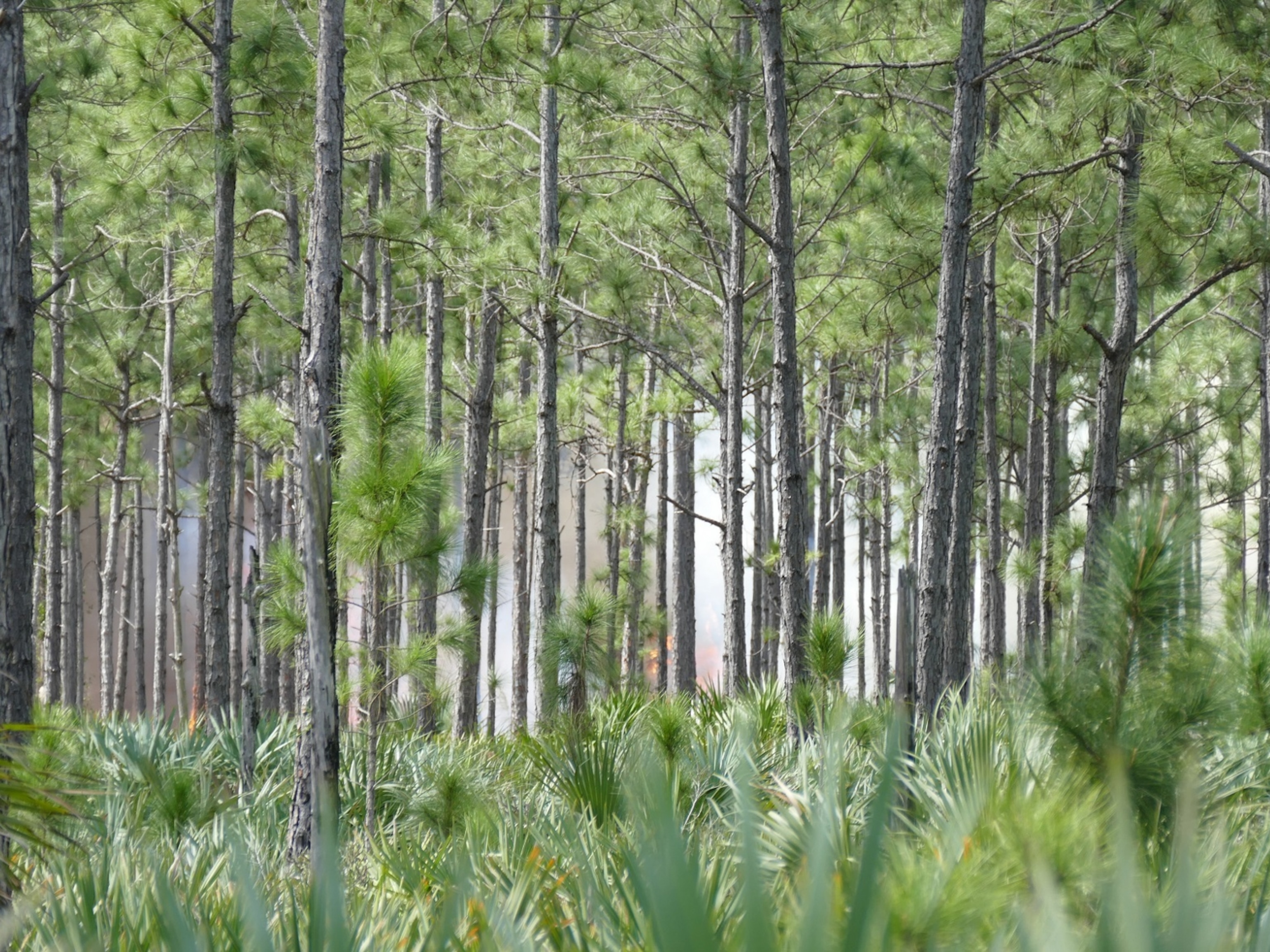A 360-Degree View From the World's Tallest Building
Our photographer used interactive images to capture Dubai's towering heights.
Dubai is a city of world records. It has the largest man-made island, the largest indoor amusement park, the largest building in the world, 163 stories to the top. Now it’s aiming for its most audacious ambition: The booming desert city that a decade ago had the world's largest environmental footprint, wants to become, by the year 2050, the most sustainable city on Earth.
In “The World's Most Improbable Green City,” National Geographic explored how the city is expanding into renewable energy and more sustainable building. We asked Milan-based photographer Luca Locatelli to capture the scale of Dubai and go behind the scenes to show readers its inner workings, such as the water desalinization plant—without that process, Dubai would run out of water in four days.
Locatelli was a natural fit for the assignment. He’d covered oil-rich Saudi Arabia’s efforts to diversify into renewable energy, massive wind farms in Germany—his first assignment for National Geographic—and Singapore’s bid to be Asia’s greenest city. At Mecca, he photographed the sprawling developments around the Kaaba (the Grand Mosque), and he took stunning images of the Large Hadron Collider at CERN in Switzerland, and inside a Bombardier factory where high-speed trains are built.
But Dubai was a new challenge. How do you bring new light to one of the most photographed cities on the planet? With an arsenal of camera equipment, including drones, wide-angle lenses, and a 360 camera. Most of Locatelli’s work wasn’t photographing but negotiating for access. Any tourist with 125 AED (about $35) can visit the top of the Burj, but to fly drones around a field of solar panels and to extend a 360-view from the tallest building on Earth were feats of persuasion. “People usually want to know exactly what you’re trying to show,” says Locatelli.
He found that even in places flooded with tourists’ smartphones—like at the top of the Burj Khalifa—a new angle could show a wider piece of the action, and in the process, tell a richer story. “The people who visit these places aren’t part of the story, so I wanted to show them,” he says of the article's opening image. Check out that photograph and others in the feature story.
This article is part of our Urban Expeditions series, an initiative made possible by a grant from United Technologies to the National Geographic Society.
Related Topics
You May Also Like
Go Further
Animals
- How can we protect grizzlies from their biggest threat—trains?How can we protect grizzlies from their biggest threat—trains?
- This ‘saber-toothed’ salmon wasn’t quite what we thoughtThis ‘saber-toothed’ salmon wasn’t quite what we thought
- Why this rhino-zebra friendship makes perfect senseWhy this rhino-zebra friendship makes perfect sense
- When did bioluminescence evolve? It’s older than we thought.When did bioluminescence evolve? It’s older than we thought.
- Soy, skim … spider. Are any of these technically milk?Soy, skim … spider. Are any of these technically milk?
Environment
- Are the Great Lakes the key to solving America’s emissions conundrum?Are the Great Lakes the key to solving America’s emissions conundrum?
- The world’s historic sites face climate change. Can Petra lead the way?The world’s historic sites face climate change. Can Petra lead the way?
- This pristine piece of the Amazon shows nature’s resilienceThis pristine piece of the Amazon shows nature’s resilience
- Listen to 30 years of climate change transformed into haunting musicListen to 30 years of climate change transformed into haunting music
History & Culture
- Meet the original members of the tortured poets departmentMeet the original members of the tortured poets department
- Séances at the White House? Why these first ladies turned to the occultSéances at the White House? Why these first ladies turned to the occult
- Gambling is everywhere now. When is that a problem?Gambling is everywhere now. When is that a problem?
- Beauty is pain—at least it was in 17th-century SpainBeauty is pain—at least it was in 17th-century Spain
Science
- Here's how astronomers found one of the rarest phenomenons in spaceHere's how astronomers found one of the rarest phenomenons in space
- Not an extrovert or introvert? There’s a word for that.Not an extrovert or introvert? There’s a word for that.
- NASA has a plan to clean up space junk—but is going green enough?NASA has a plan to clean up space junk—but is going green enough?
- Soy, skim … spider. Are any of these technically milk?Soy, skim … spider. Are any of these technically milk?
Travel
- Could Mexico's Chepe Express be the ultimate slow rail adventure?Could Mexico's Chepe Express be the ultimate slow rail adventure?
- What it's like to hike the Camino del Mayab in MexicoWhat it's like to hike the Camino del Mayab in Mexico




